Red-flowered Mallow (Modiola caroliniana), a modest but pervasive colonist of damp and fertile sites of disturbance throughout Australia. This plant was ubiquitous in the vicinity of the Merri Creek this weekend last, flowering both on the floodplain in every spot of roughed up ground free of taller brassicas and radishes, and on upland road verges close to the creek.
Although its pre-colonial range is contested, Red-flowered Mallow is understood to have originated in South America (thanks to scientific convention and Scottish botanist George Don, we are stuck with a presumably apocryphal latin name). The plant may have been introduced to Spain through that country’s colonial trade networks, and was recorded in Mexico and in parts of the United States (Florida, Texas, the eponymous Carolinas I guess) by or before the 1830s. It appears to have arrived in Australia c. 1860-1880, with early records from Queensland, Northern NSW and Victoria all appearing at around the same time.
Red-flowered Mallow’s introduction into the United States is apparently attributed to contamination of imported wool or cotton; in Australia it would seem more likely to have arrived as a hitchhiker on imports of live sheep from Spain, Mexico or Argentina. This is now a ubiquitous weed of Victoria’s floodplains and creeklines, and it can be found in nearly all parts of the metropolitan thanks to the city’s generous water supply system.
View Original Post on Instagram
Search for information about Modiola caroliniana in the Flora of Victoria
View information and occurrences of Modiola caroliniana on the Atlas of Living Australia
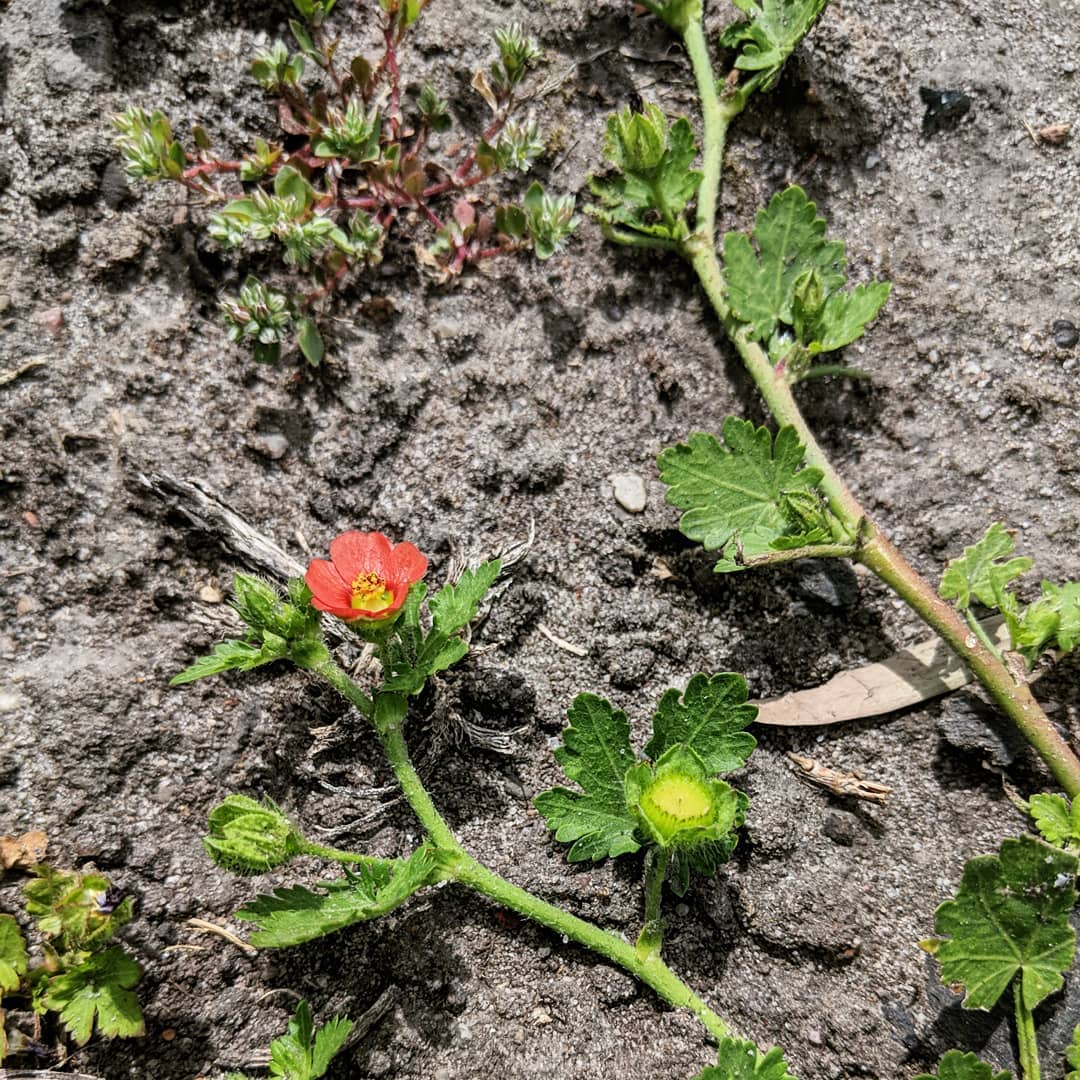
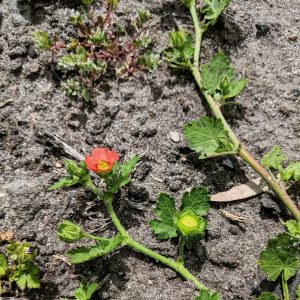
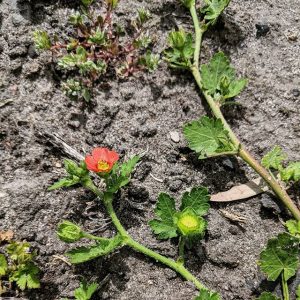
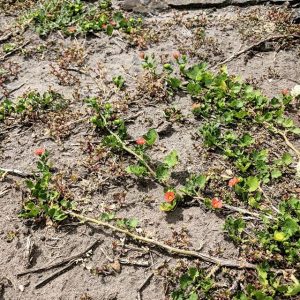
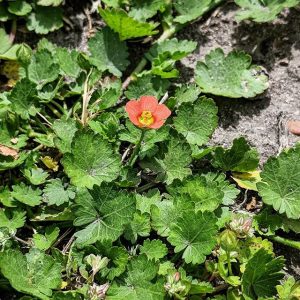
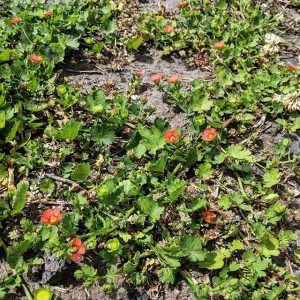
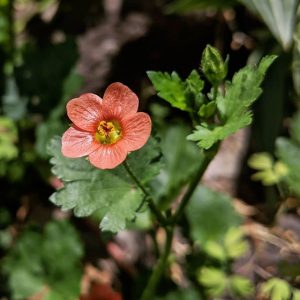
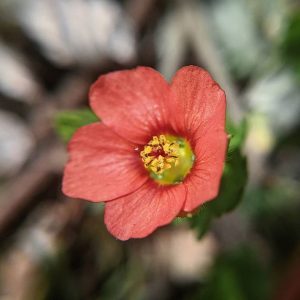
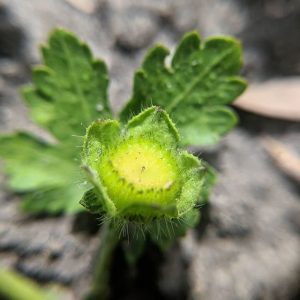
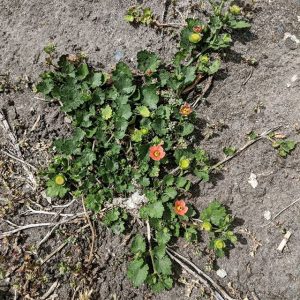
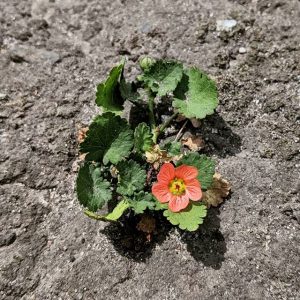
January 7, 2022 at 7:46 PM
Thank you for this excellent description of the weed I’ve just spent several arduous sessions rooting out, first with a cleft weeding tool and then, more successfully, with a screwdriver, in very dry soil, at time of flowering / seeding in January.
Hand-weeders note: to be sure of getting all of the roots/ runners of this stuff, you have to completely plough the area concerned, and replant back afterwards everything you wanted to have there. It sends its runners deep and wide in every direction as well as along the surface. It’s tough enough to resist digging, yet, like Tradescantia will also snap off in the ground, leaving segments of itself behind to proliferate again. Be ruthless and thorough!